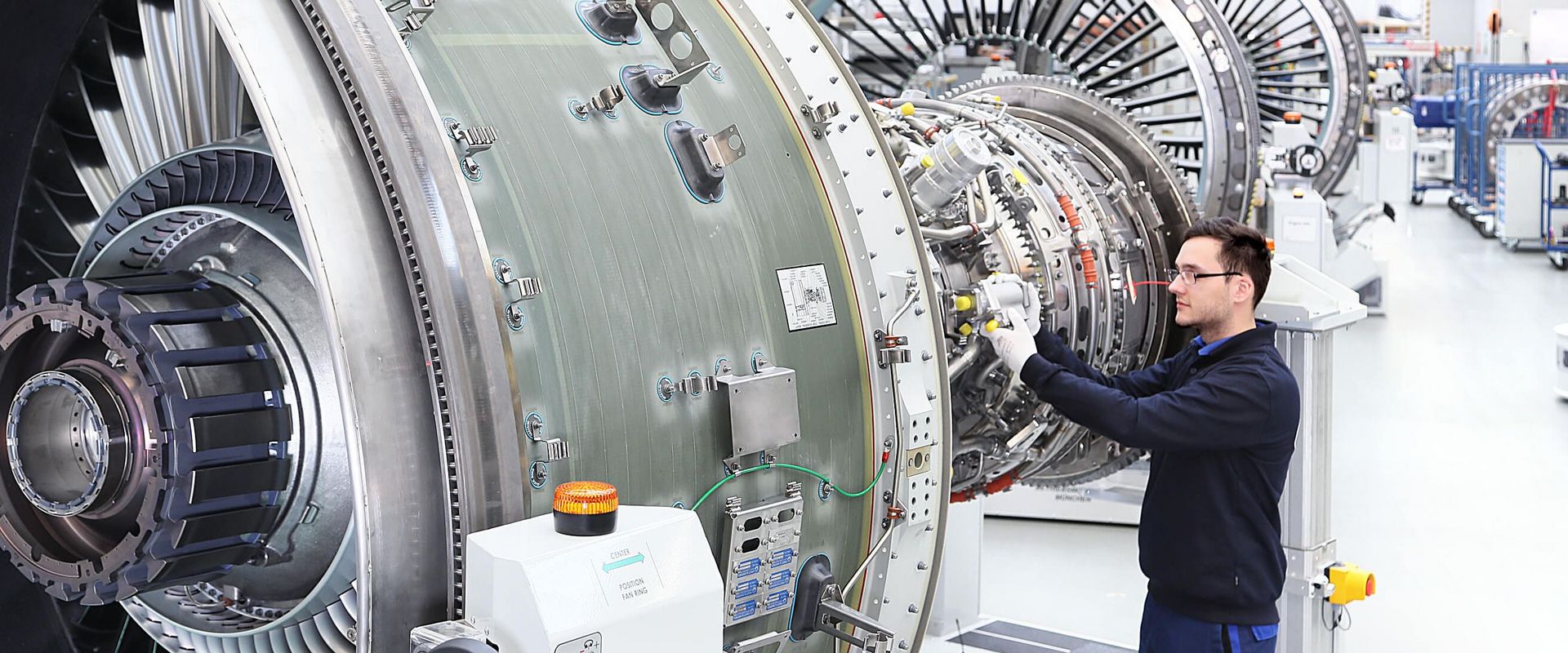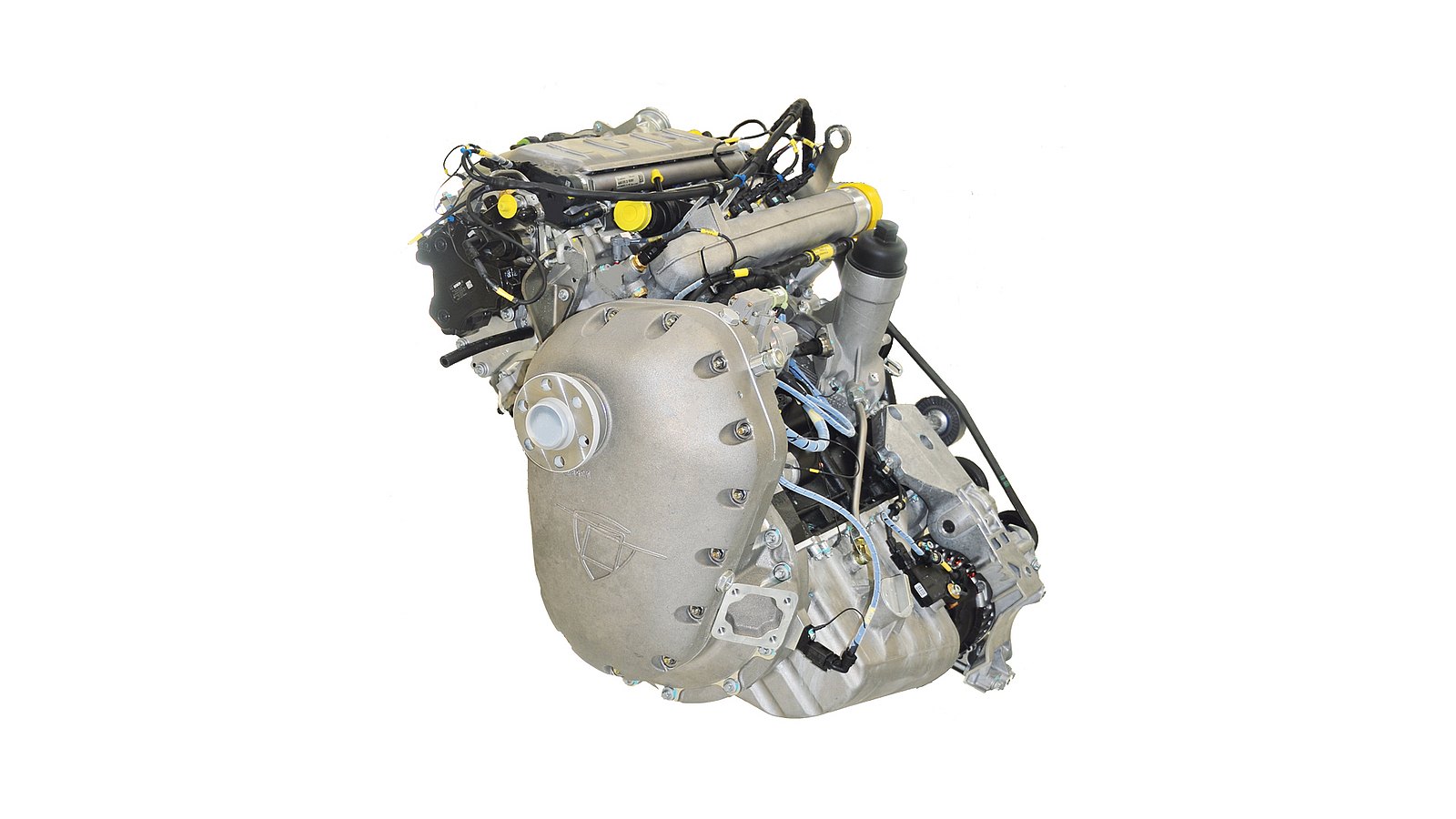Optimize Your Financial Investment with Engines For Africa's Array
Optimize Your Financial Investment with Engines For Africa's Array
Blog Article
Discover a Large Range of Engines for every single Automobile and Purpose
The automotive landscape is progressively intricate, with a diverse array of engine types created to fulfill particular efficiency and performance needs throughout numerous vehicle groups. From the high-performance engines that power sporting activities cars and trucks to the fuel-efficient alternatives tailored for everyday travelling, the selections are vast and varied. Additionally, sturdy engines serve the requirements of job vehicles, while environmentally friendly options are gaining traction in the pursuit of lasting transportation. Comprehending these differences is crucial for making educated decisions, specifically as emerging technologies remain to form the future of automotive engineering. What effects might these innovations hold for customers and suppliers alike?
Kinds Of Automotive Engines
Automotive engines can be classified into numerous distinctive types, each designed to fulfill certain performance and performance demands. The most typical categories consist of interior combustion engines, electrical engines, and hybrid systems.

Electric engines, on the other hand, operate on electrical power kept in batteries, offering instant torque and no emissions. These engines are ending up being increasingly preferred due to innovations in battery technology and the expanding emphasis on sustainability.
Hybrid systems incorporate both internal burning and electrical engines, allowing cars to maximize fuel effectiveness and reduce discharges by seamlessly changing between power resources. Each engine kind presents its drawbacks and benefits, affecting elements such as automobile layout, intended usage, and market need. Understanding these differences is crucial for makers and consumers alike when choosing the proper engine for their specific needs.
Performance Engines for Sports Cars
Efficiency engines for cars are especially crafted to provide improved speed, agility, and power, establishing them apart from basic vehicle engines. These engines usually use innovative technologies such as turbocharging, supercharging, and variable valve timing to optimize performance and responsiveness.
Commonly, efficiency engines are created with higher compression ratios, which permit better power extraction from fuel. This results in remarkable horse power and torque figures, enabling quick velocity and higher top speeds. Additionally, the lightweight products used in these engines, such as light weight aluminum and carbon fiber, add to minimized total car weight, enhancing handling and maneuverability.
Engine arrangements like V6, V8, and even hybrid systems prevail in efficiency sports vehicles, each offering distinct advantages in regards to power delivery and driving characteristics. The tuning of these engines is likewise essential; many makers optimize the engine management systems to give an electrifying driving experience, commonly including sport settings that change throttle response and equipment changes.
Efficient Engines for Daily Commuters
In the realm of everyday commuting, reliable engines play a vital function in optimizing fuel economic situation and lessening emissions while supplying dependable efficiency. As city populations grow and ecological concerns heighten, the need for vehicles furnished with reliable powertrains has actually surged.
Modern engines created for day-to-day commuters typically include modern technologies such as turbocharging, direct fuel shot, and crossbreed systems. Turbocharging enhances engine effectiveness by forcing more air right into the combustion chamber, enabling smaller sized, lighter engines that do not endanger power output. Straight gas injection enhances gas atomization, resulting in much better burning and enhanced performance.
Crossbreed engines, integrating interior burning with electric power, further increase gas economic climate, particularly in Recommended Reading stop-and-go website traffic, where typical engines can experience ineffectiveness. Electric electric motors aid throughout velocity and can run independently at low speeds, decreasing general fuel consumption.
Additionally, innovations in engine monitoring systems and light-weight products add dramatically to effective engine design. By concentrating on efficiency, durability, and ecological sustainability, suppliers remain to provide engines that not only fulfill the needs of everyday commuting yet additionally line up with worldwide efforts to reduce carbon impacts.
Heavy-Duty Engines for Work Vehicles
Sturdy engines for job cars are routinely engineered to deliver extraordinary torque and dependability under demanding problems. These engines are developed to perform in settings where conventional engines might fail, such as building websites, logging operations, and farming settings. The key focus of heavy-duty engines is their capacity to generate high degrees of power while preserving resilience over expanded periods of procedure.
Usually, heavy-duty engines use advanced products and robust building and construction methods to hold up against the rigors of hefty Our site workloads. Attributes such as reinforced cyndrical tube blocks, improved air conditioning systems, and progressed fuel shot modern technologies add to their efficiency. These engines commonly operate at reduced RPMs, which aids to optimize fuel efficiency while giving the required power for carrying and towing.
Along with mechanical effectiveness, heavy-duty engines are commonly equipped with sophisticated electronic control systems (ECUs) that take care of performance, emissions, and diagnostics. This combination enables far better click site surveillance and maintenance, making sure that job lorries remain reliable and operational.
Inevitably, heavy-duty engines are an essential element in the productivity of numerous industries, offering the needed power and integrity to take on the hardest of jobs.
Eco-Friendly Engine Options
The growing emphasis on sustainability has brought about the advancement of green engine choices that prioritize decreased emissions and improved gas effectiveness. These engines are made to decrease the ecological effect of automobiles while still providing the efficiency and dependability expected by customers.
Among the most notable green options are hybrid and electrical engines. Hybrid engines incorporate typical interior burning engines with electric propulsion, enabling minimized gas intake and reduced greenhouse gas emissions. Electric engines, on the other hand, operate completely on battery power, producing no tailpipe exhausts and adding to cleaner air quality.
An additional promising development is the innovation of biofuel engines, which make use of eco-friendly sources, such as plant materials, to power vehicles (Engines For Africa). By utilizing biofuels, these engines can reduce reliance on nonrenewable fuel sources and lower total carbon impacts

As the auto sector progresses, green engine choices will play a critical function in driving the shift towards more sustainable transport services.
Conclusion
The automobile sector provides a diverse range of engines developed to meet numerous lorry requirements and purposes. From high-performance engines that boost sporting activities auto capacities to effective designs prioritizing fuel economic climate for everyday travelers, each type serves a specific function. Durable engines satisfy robust job lorries, while environmentally friendly alternatives, such as electric and biofuel engines, promote sustainable transport. This detailed variety makes sure that all driving demands are dealt with, adding to developments in auto technology and ecological stewardship.

Report this page